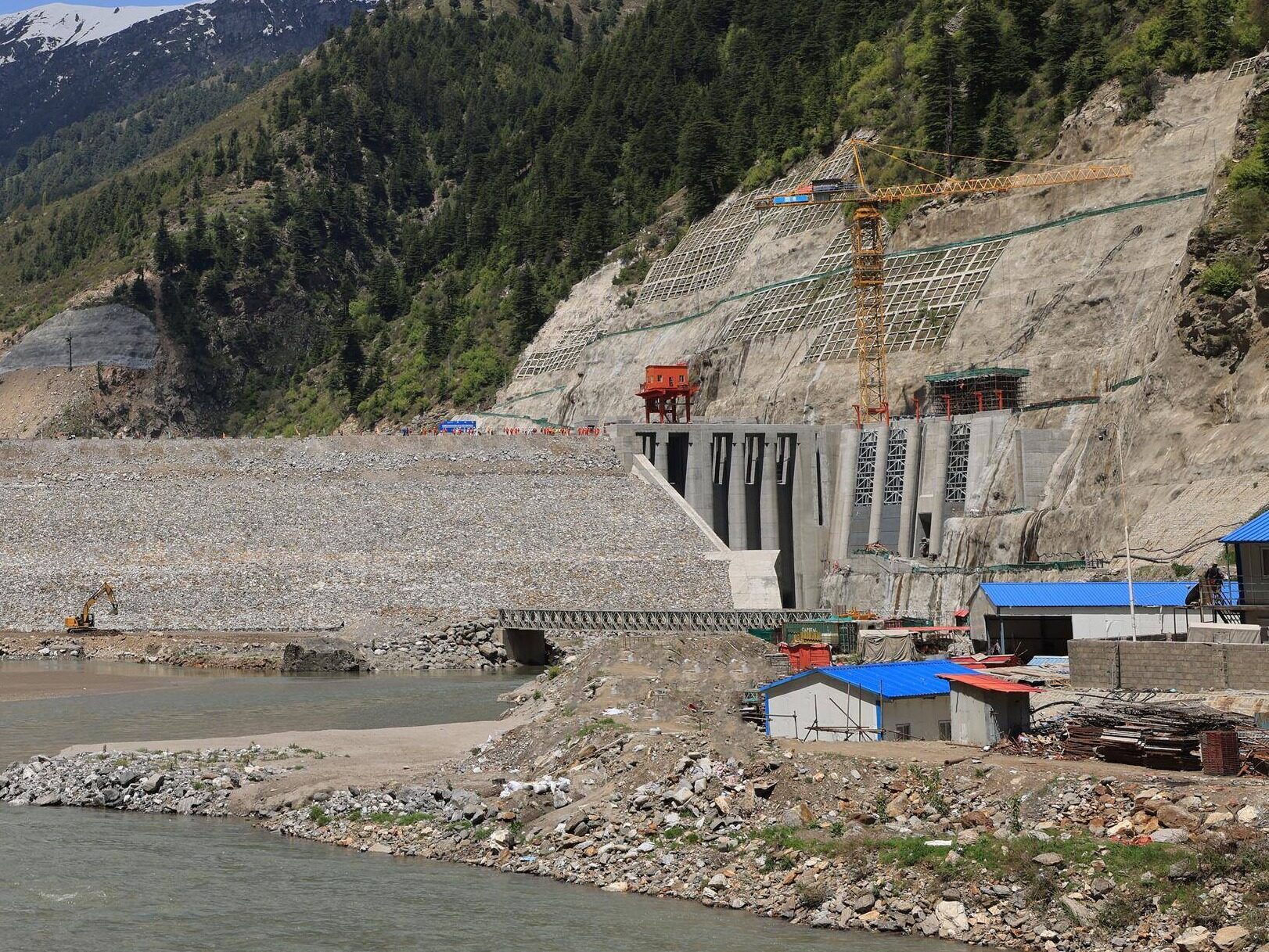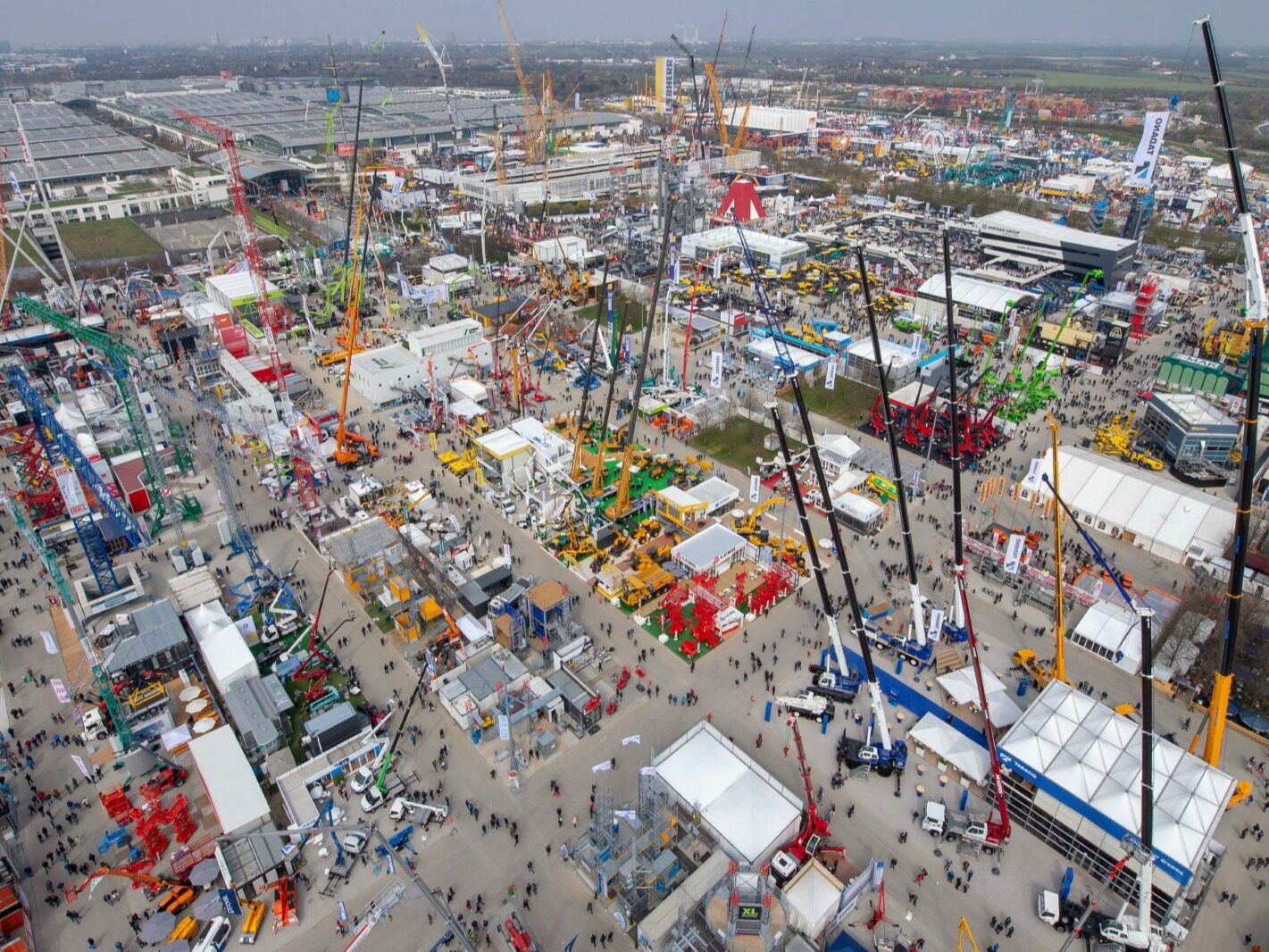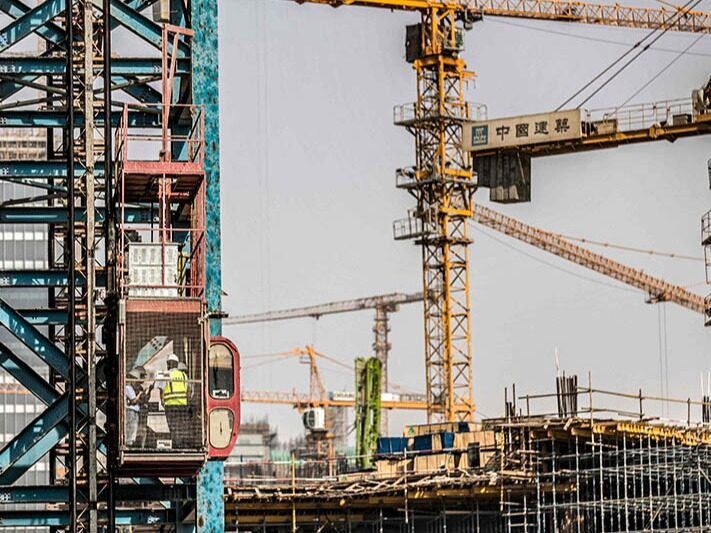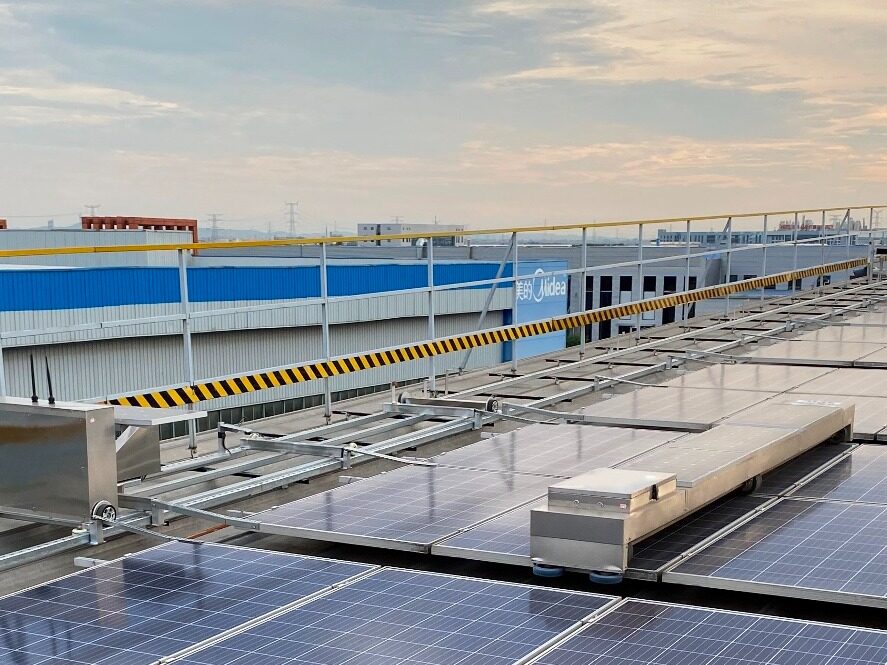- Chilean government is investing more than $ 5 billion, one of the largest railway development plans in its history

The Chilean government is investing more than $ 5 billion in one of its largest railway development plans in history, with the goal of tripling passenger numbers and increasing rail freight. Here are the plans and the benefits they hope to bring to the country.
Chilean President Sebastian Pinella said in September 2019: "The truth is that Chileans have a true love for trains. I believe that all Chileans have memories, anecdotes and nostalgia for trains. Although Our country ’s cities are built by looking for the most advantageous places in the river, but our country ’s development is achieved by rail. ”

In introducing Chile's largest railway investment project, Chile on Rails, the term "nostalgia" chosen by Pinella sounds casual. The Chilean railroad carries just over 50 million passengers each year. Due to aging infrastructure and long travel times, the railroad has lost its attractiveness.
In the wave of escalating social crises and setbacks in October 2019, Chile's trains need to be revived and Pinella's rail reform plan is underway. This huge program, costing $ 5 billion, is scheduled to begin in 2020 and will implement 27 infrastructure and security projects to promote passenger and freight services across the country. It is expected to be completed by 2027 and will double the number of passengers each year to 150 million.
Much needed investment
Although better than many South American neighbors, Chile's nearly 7.5 km long rail network has been steadily declining over the past few years. In the Global Competitiveness Report released by the World Economic Forum in 2019, Chile's railway infrastructure quality ranked 70th out of 103 countries and ranked 61st in terms of train service efficiency. These results seem positive when compared to countries such as Argentina and Brazil, but from a broader perspective, Chile lags far behind major rail markets such as Japan and Germany.
"Chile's railway system is still underdeveloped," explains GlobalData economist Dariana Tani, who specializes in infrastructure projects in the Americas. Many service infrastructures are considered insufficient.
For a long time, most trains have been used for freight rather than passenger transport (the fact is the same as in other parts of South America), which has been another cause of concern for the government, which has gone from 25 times in its previous missions Increased to 50 million people.
Dariana Tani said: "As the economy weakens, the country is losing advantage in terms of competitiveness and overall quality of its infrastructure compared to its major counterparts, and it can be said that the government is trying to reverse this trend by increasing investment. Critical infrastructure , Such as railways, roads, airports, energy, water and telecommunications. "
Chile's Rails Program
The Chilean railway is scheduled to be completed before the end of President Pinella's term. Of the $ 5 billion allocated, about 44% will be used for projects in the capital, and the remaining 56% will be allocated to regional projects, covering a total of 1,000 kilometers of railway lines and doubling the freight volume to more than 21 million per year Person-times.
One of the most important items in the strategy was introduced when it launched in September, when President Pinella made a symbolic trip between Santiago's Central Station and Melipilla in the southwest of the capital. The project will build a 61-kilometre track between the two cities, and will reduce the travel time for the 50 million people it serves by two hours.

Other measures include the construction of a railway between the capital and Arturo Merino Benitez Airport, which currently handles 30 million passengers per year; and the construction of the Santiago-Baturco-Tiltier commuter line, connecting six In the region, more than 17 million people are transported every year.
However, the most critical project will be the San Diego-San Antonio-Valparaiso line. As Dariana Tani explained: "The railway lines that connect them will facilitate travel between Santiago and Valparaiso, the country's two largest cities, strengthen regional integration and help facilitate exports from Chile's Pacific coast."Editor / Huang Lijun
Comment
 Praise
Praise
 Collect
Collect
 Comment
Comment
 Search
Search














Write something~